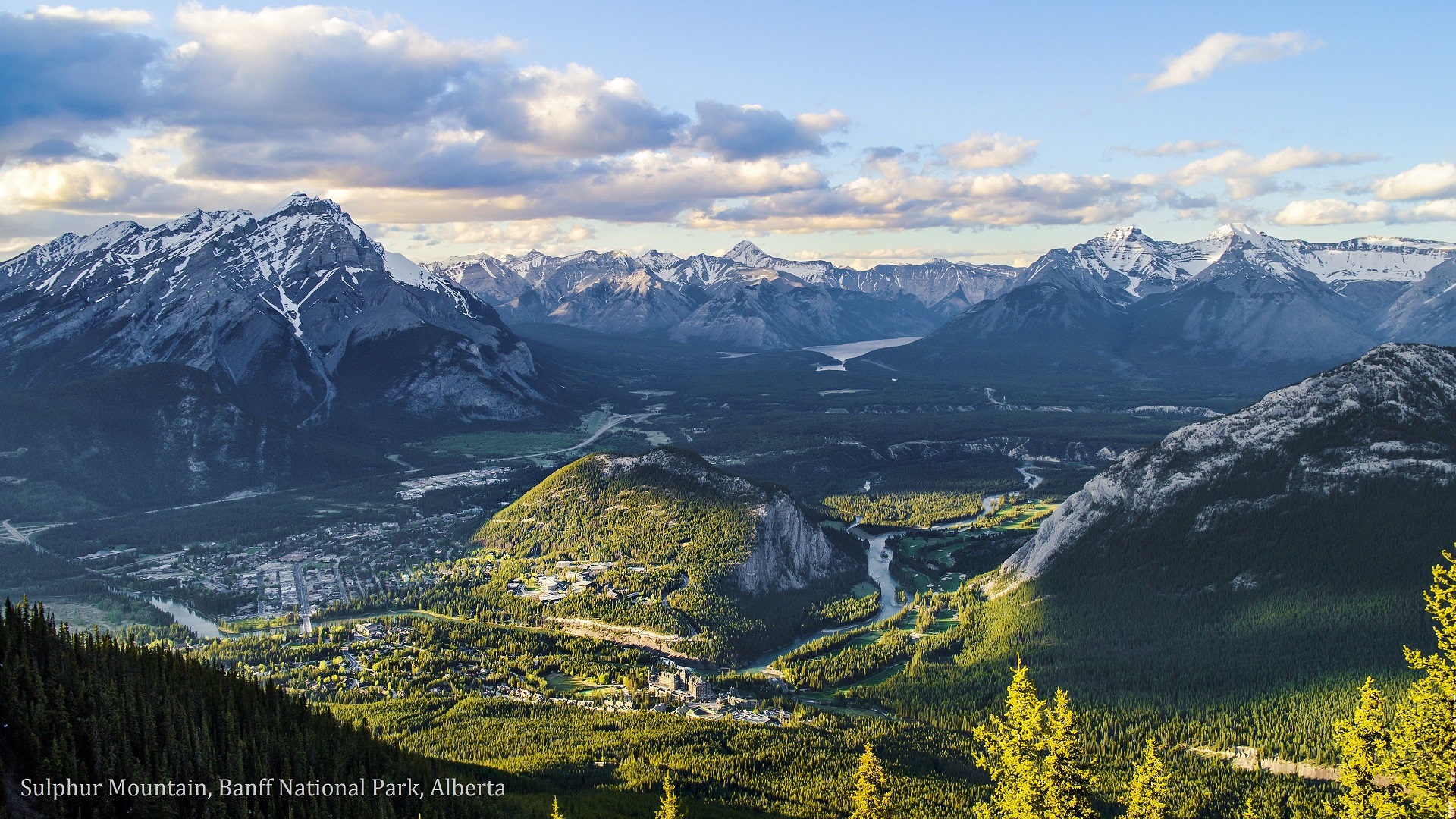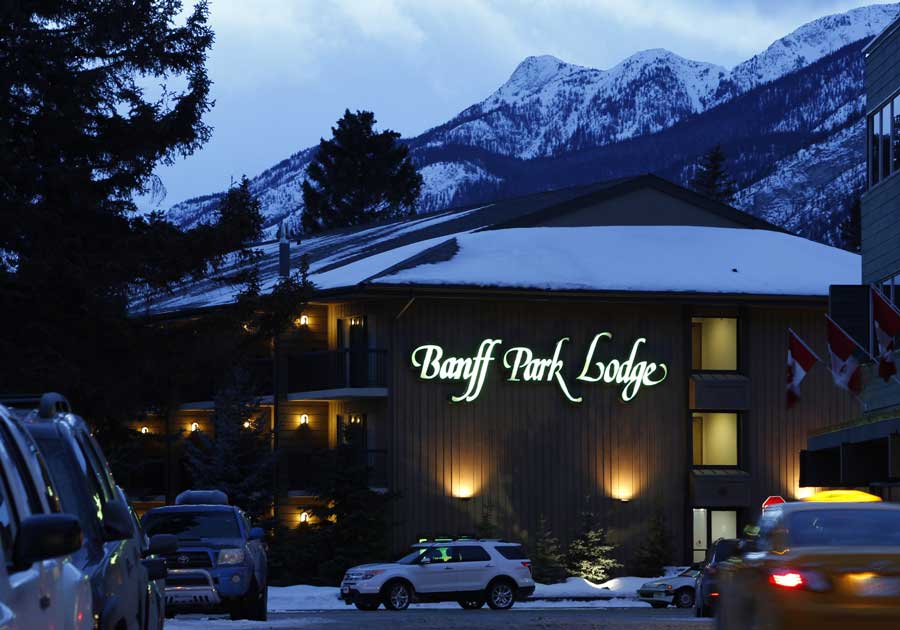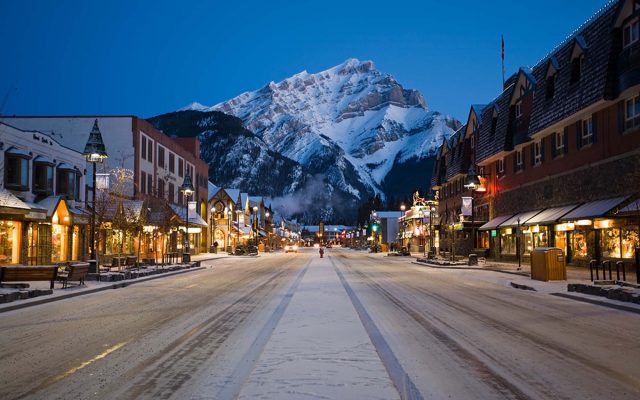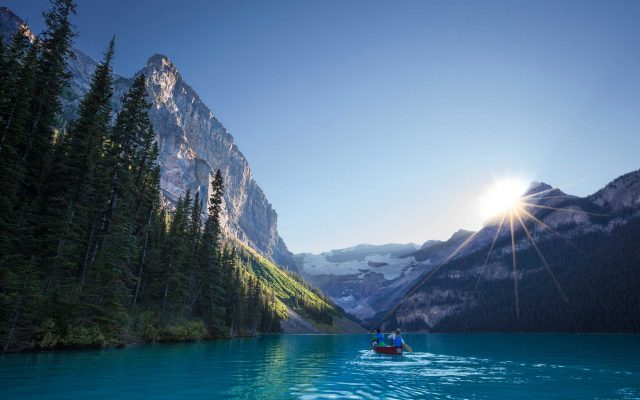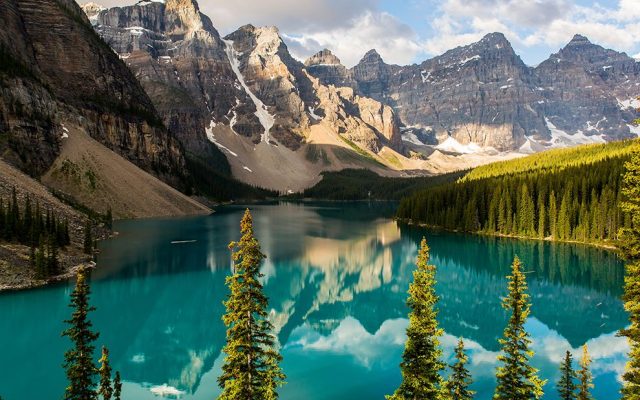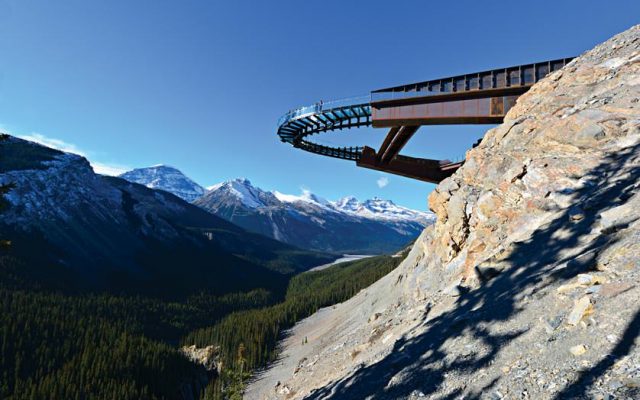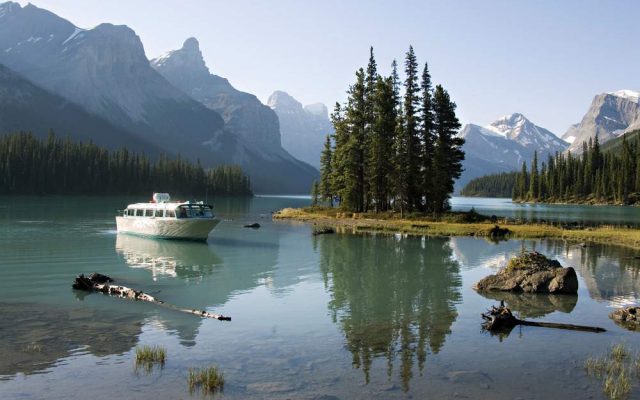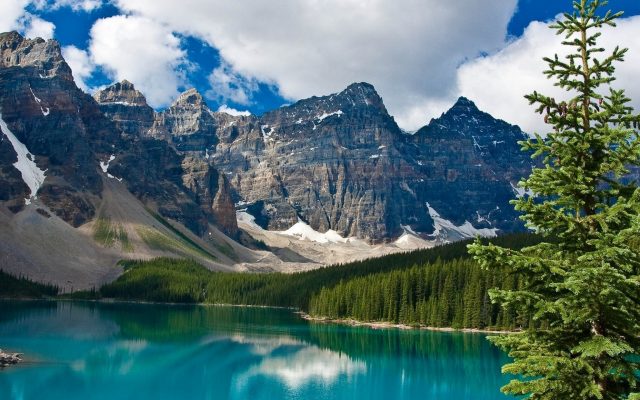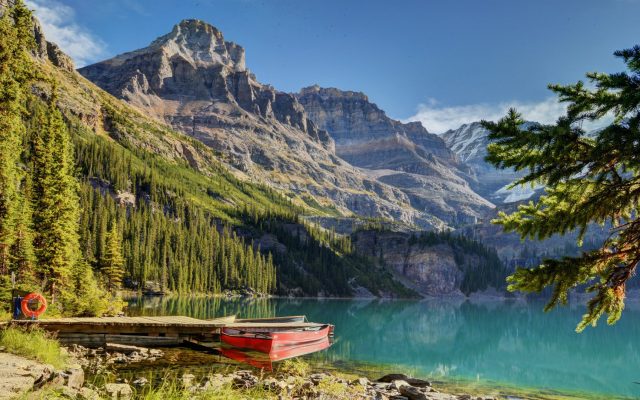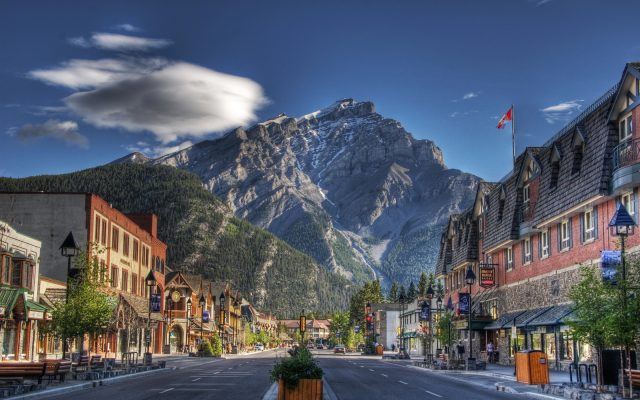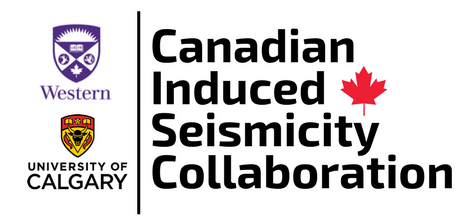 |
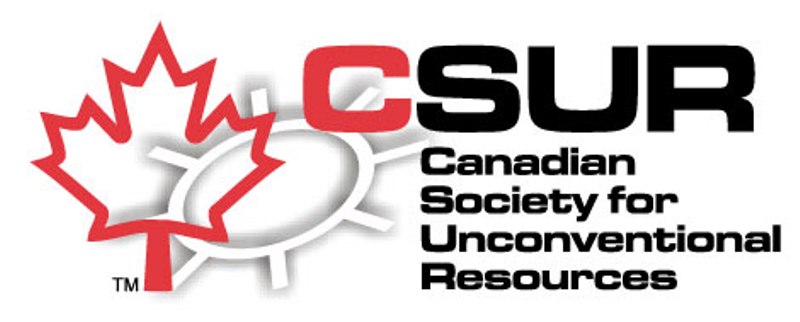 |
Banff 2018 International Induced Seismicity Workshop: Oct. 24-27, 2018
Location: Banff Park Lodge, Banff, Alberta, Canada
OVERVIEW
The Banff 2018 induced seismicity workshop, hosted by the Canadian Induced Seismicity Collaboration (www.inducedseismicity.ca) and the Canadian Society for Unconventional Resources (www.csur.com), will bring together academics, industry and regulators to discuss learnings from induced seismicity. The theme of the workshop is bridging and integrating knowledge across sectors, and across different induced seismicity settings and types. The workshop will be held in Banff, Alberta, a national park setting in Canada’s Rocky Mountains that is known worldwide for its scenic beauty. The format will be a single oral session, capped at 150 participants (including academics, industry, regulators; from Canada, the U.S., Europe and China); the workshop will strike a balance between regions and sectors to stimulate comprehensive discussions that encompass many perspectives. The number of formal talks will be limited to allow ample Q&A and a discussion panel for each session. Lively interactive poster sessions will facilitate wide-ranging presentations and discussions.
PROGRAM
All sessions will be held at Banff Park Lodge. All guests are requested to stay at the Banff Park Lodge or adjacent Bow Valley Lodge. Rooms should be booked as soon as possible, using the Group Booking ID for best rates:
Phone: 1 800 661 9266 Group Booking ID: 29530
Abstract Submission
ABSTRACT SUBMISSIONS HAVE BEEN EXTENDED TO THURSDAY, MAY 31, 2018
Please SUBMIT ABSTRACTS HERE
There is a non-refundable $50 (+ GST) administration fee.
Deadline to submit is Friday, April 27, 2018!
REGISTER HERE
Further Information and Updates
Please send an email to Banff2018@csur.com to add your name to our list for further updates, or for general inquiries.
Wednesday, October 24, 2018 – Summit Assiniboine Room, Banff Park Lodge
15:00 – 15:15 Returning to Banff. The End of an Odyssey by Pradeep Talwani, Distinguished Professor Emeritus of Geophysics, University of South Carolina
15:15 – 16:00 Induced Earthquakes: State of the Science 2018 by Bill Ellsworth, Professor of Geophysics, Stanford University
16:00 – 17:30 Posters Session – CASTLE ROOM
18:00 – 20:00 Icebreaker Reception sponsored by Western University & University of Southern California – ALPINE MEADOWS
Thursday, October 25, 2018 – Summit Assiniboine Room, Banff Park Lodge
07:00 – 08:30 Breakfast Buffet – Glacier Salon
PROCESSES LEADING TO LARGE FAILURE EVENTS with Chair, Yehuda Ben-Zion, University of Southern California
This session will discuss basic processes leading to transitions from ongoing small failure events to large earthquakes, and how to track approaching large events with recorded data. The discussed material will include perspectives from laboratory experiments, analysis of in-situ data and well-instrumented field experiments.
08:30 – 08:55 Localization Processes Leading to Large Failures: Analysis of acoustic emission and earthquake catalogues by Ilya Zaliapin, University of Nevada, Reno
08:55 – 09:20 Damage evolution is leading to dynamic failure in rocks- observations from laboratory tests by Georg Dresen, Professor of Geology, University of Potsdam and Section Geomechanics and Rheology German Research Centre of Geosciences
09:20 – 09:45 Seismic reactivation of basement structures in Oklahoma by Ze’ev Reches, Oklahoma University
09:45 – 10:00 Q&A with Panel
10:15 – 10:30 Coffee Break and Poster Session
HAZARD AND MITIGATION with Chair, Dr. Gail Atkinson, Western University
Hazards to infrastructure and their mitigation are explored from several perspectives. These include hindcasting of induced-seismicity hazard based on observations (such as 1-year hazard maps), and developments in forecasting models based on operational parameters and geological susceptibility, including machine-learning approaches. Improvements to hazard models to better account for spatial and temporal clustering behaviours are also explored.
10:30 – 10:50 The USGS Induced-Seismicity Hazard Mapping Program by Mark Petersen, USGS
10:50 – 11:10 Bridging Gaps in Induced-seismicity Hazard forecasting in Alberta, Canada by Ryan Schultz, Alberta Geological Survey
11:10 – 11:40 Potential deformations to earth dams from induced earthquakes by Norm Abrahamson, UC Berkeley
11:40 – 11:55 A brief overview of induced-seismicity ground motions in western Canada and the central United States by Gail Atkinson, University of Western Ontario
11:55 – 12:30 Q&A with Panel
12:30 – 13:30 Lunch Break in the Glacier Salon and
Poster Session – CASTLE ROOM
HIGH-QUALITY DATASETS: HITS AND MISSES with Chair, Dr. David Eaton, University of Calgary (An interactive session with shorter talks focusing on possible uses of presented datasets)
Acquisition of high-quality datasets has provided insights into underlying processes, ground-motion relationships and traffic light protocols for induced seismicity. The advent of large-N geophone arrays, in particular, offers new opportunities to characterize source-processes and wavefields. There are a number of challenges, however, that hinder high-quality data acquisition, including lack of access to sufficient proprietary data and/or suitable field locations. This session will cover recent successes as well as a retrospective look at remaining challenges.
14:00 – 14:15 The Improvement of Regional Seismograph Networks in Northeast BC and Western AB: Impact on Regulations of Unconventional Hydrocarbon Development by Honn Kao, PCG, Geological Survey of Canada, Natural Resources Canada
14:15 – 14:30 Trials and triumphs of a large-N seismic array to survey injection-induced earthquakes in northern Oklahoma by Elizabeth Cochran, U.S. Geological Survey
14:30 – 14:45 High-Quality Data Sets to High-Quality Risk Management Products: Enhanced IS Monitoring Case Study by Dario Baturan, Nanometrics
14:45 – 15:00 Insights from the joint interpretation of dense array observations and 3D multicomponent seismic: The ToC2ME experiment, Fox Creek, AB Induced Seismicity from a Regulatory Perspective by David Eaton, NSERC/Chevron Industrial Research Chair in Microseismic System Dynamics, Department of Geoscience at the University of Calgary
15:00 – 15:30 Q&A with Panel
15:30 – 17:00 Refreshment Break and Poster Session – CASTLE ROOM
Friday, October 26, 2018 – Summit Assiniboine Room, Banff Park Lodge
07:00 – 08:30 Breakfast Buffet – Glacier Salon
REGULATORY AND POLICY APPROACHES with Chairs, Shawn Maxwell, Itasca-Image and Dan Allan, Canadian Society for Unconventional Resources
Regulators, policy-setters, and operators from various jurisdictions will compare and discuss regulations regarding objectives, technical assumptions and practical application. Regulations are typically based on traffic light protocols although the details of implementation, including magnitude thresholds and responses, vary significantly in different locations.
08:30 – 08:35 Opening comments by session co-chairs, Shawn Maxwell & Dan Allan
08:35 – 09:00 Induced Seismicity from a Regulatory Perspective by Rick Simmers, Chief of the Ohio Department of Natural Resources’ Division of Oil and Gas Resources Management
SESSION on the BC MONTNEY
09:00 – 09:10 BC’s Regulatory Framework by Stuart (Stu) Venables, British Columbia Oil & Gas Commission
09:10 – 09:40 Induced Seismicity: Observations, Research and Oversight in British Columbia by Stu Venables, British Columbia Oil and Gas Commission
09:40 – 10:00 Progress Energy – An operator’s perspective on the nature of induced seismicity in the Montney field and the ever-evolving challenges for the regulatory body by Lindsay Miller, Progress Energy
10:00 – 10:15 Q&A with Panel
10:15 – 10:45 Coffee Break and Poster Session – CASTLE ROOM
SESSION on the DUVERNAY
10:45 – 10:55 Linking Science to Regulation for Rapid Response to Induced Seismicity: The Power of AGS Applied Science in the Alberta Energy Regulator by Carol Crowfoot, Alberta Energy Regulator (AER)
10:55 – 11:25 Review of Management of Induced Seismicity by Todd Shipman, Alberta Energy Regulator
11:25 – 11:45 An Operator’s Perspective on Addressing Stakeholder Needs around Induced Seismicity by John Evans, Chevron Canada
11:45 – 12:05 An Operator’s Perspective by Daniel Ciulavu, Shell Canada
12:05 – 12:20 Q&A with Panel
12:30 – 13:30 Lunch Break in the Glacier Salon and Poster Session – CASTLE ROOM
DATA MINING WITH NOVEL ANALYSIS TECHNIQUES with Chairs Yehuda Ben-Zion, University of Southern California and David Eaton, University of Calgary
The rapid increase in the quantity and quality of recorded seismic data sets and development of data mining techniques increase significantly the ability to extract robust information on the occurrence and properties of small earthquakes. Discussed techniques and applications include advanced use of templates and machine learning to develop detailed seismic catalogues and derive source properties of small events.
13:30 – 13:55 New Frontiers in Characterization of Sub-Catalog Microseismicity: Application to Fluid-Driven Earthquake Swarms Beneath Long Valley Caldera, California by Dave Shelly, U.S. Geological Survey in Golden, Colorado
13:55 – 14:20 Detection of earthquakes, phases, and first-motion polarities with deep learning by Zachary Ross, Caltech
14:20 – 14:45 Limits on detection and analysis of small (induced) earthquakes by Grzegorz Kwiatek, GFZ, Potsdam Germany
14:45 – 15:00 Q&A with Panel
15:00 – 16:00 Refreshment Break and Poster Session – CASTLE ROOM
16:00 – 17:00 Closing Panel Discussion
Saturday, October 27, 2018
09:00 – 17:00 Optional Field Trip to Radium Hot Springs, BC
Trip Leader: David Eaton, University of Calgary
REGISTER HERE
